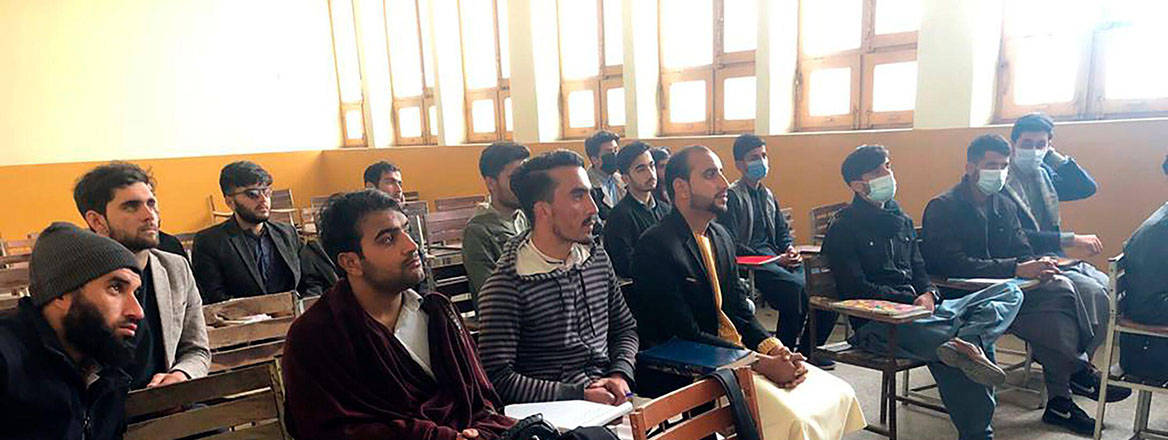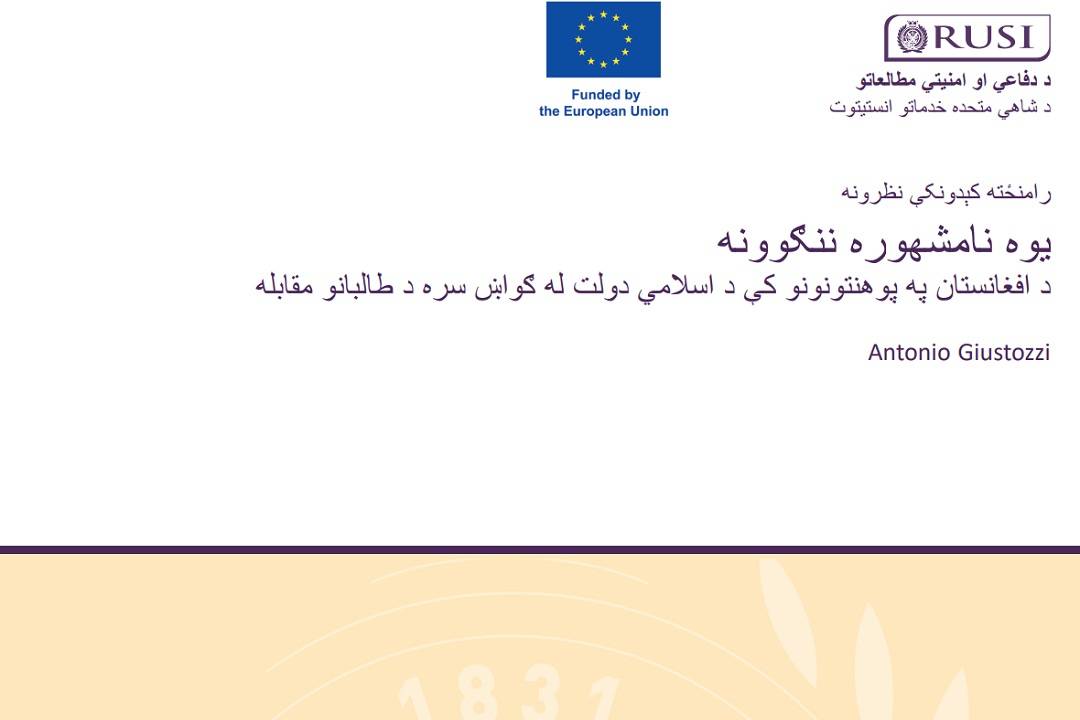How the Taliban are Meeting the IS Threat on Afghanistan’s Campuses
This paper examines the understudied presence of the Islamic State for Central and South Asia (IS-K) on Afghanistan’s university campuses and the counterterrorism effort that the Taliban regime has mounted against it, asking how effective the Taliban’s efforts have been and whether IS-K has been able to adapt.
It assesses the performance of the Taliban in one case study of counterterrorism (IS-K activities in the campuses) and the adaptation of IS-K in response. It is based on a series of 25 interviews with IS-K militants, Taliban security and intelligence officials, and university staff and students, carried out after the regime change in Kabul in August 2021. In order to set out the operating environment of Taliban counterterrorism, the paper also describes in detail, with new evidence, the sophisticated IS-K approach to recruitment on Afghanistan’s university campuses, combining face-to-face and remote techniques. IS-K’s recruitment is aimed at a relatively small niche, largely Salafi and Salafi-leaning students, and can yield only a limited number of recruits, certainly not exceeding the low hundreds annually. Nonetheless, these are high-quality recruits, on which the highly ideological and disciplined IS-K must rely to sustain its operations. Indeed, the Taliban seem to have paid considerable attention to the problem.
By denying the space they once had on the campuses to IS-K activists, the Taliban have constrained IS-K’s ability to recruit, but this could well be only temporary, especially as IS-K adapts and refines its recruitment techniques, relying more on private social media channels, moving more of its social media activists abroad, and warning its members and sympathisers about the risk of Taliban infiltrators and provocateurs. Moreover, the underlying conditions favouring IS-K recruitment persist, including serious harassment of Salafi students by some of their Hanafi colleagues; heavy-handed treatment of suspects by Taliban police and intelligence; widespread student frustration at their conditions and lack of prospects; and Taliban pressure on non-violent extremist groups that have roots among students, such as Hizb ut-Tahrir, Jami’at Eslah and others, which might drive some of their members towards IS-K.
The Taliban’s approach to counterterrorism on university campuses has, in other words, been focused on repression, with seemingly little, if any, effort towards prevention. The ability of the Taliban to reduce IS-K activities using heavy-handed measures runs the risk of delivering both short-term positive results and long-term counterproductive ones, not least because the Taliban struggle to restrain the behaviour of their sympathisers and indeed anyone holding anti-Salafi views.
Translations
WRITTEN BY
Dr Antonio Giustozzi
Senior Research Fellow
Terrorism and Conflict
- Jim McLeanMedia Relations Manager+44 (0)7917 373 069JimMc@rusi.org




